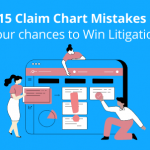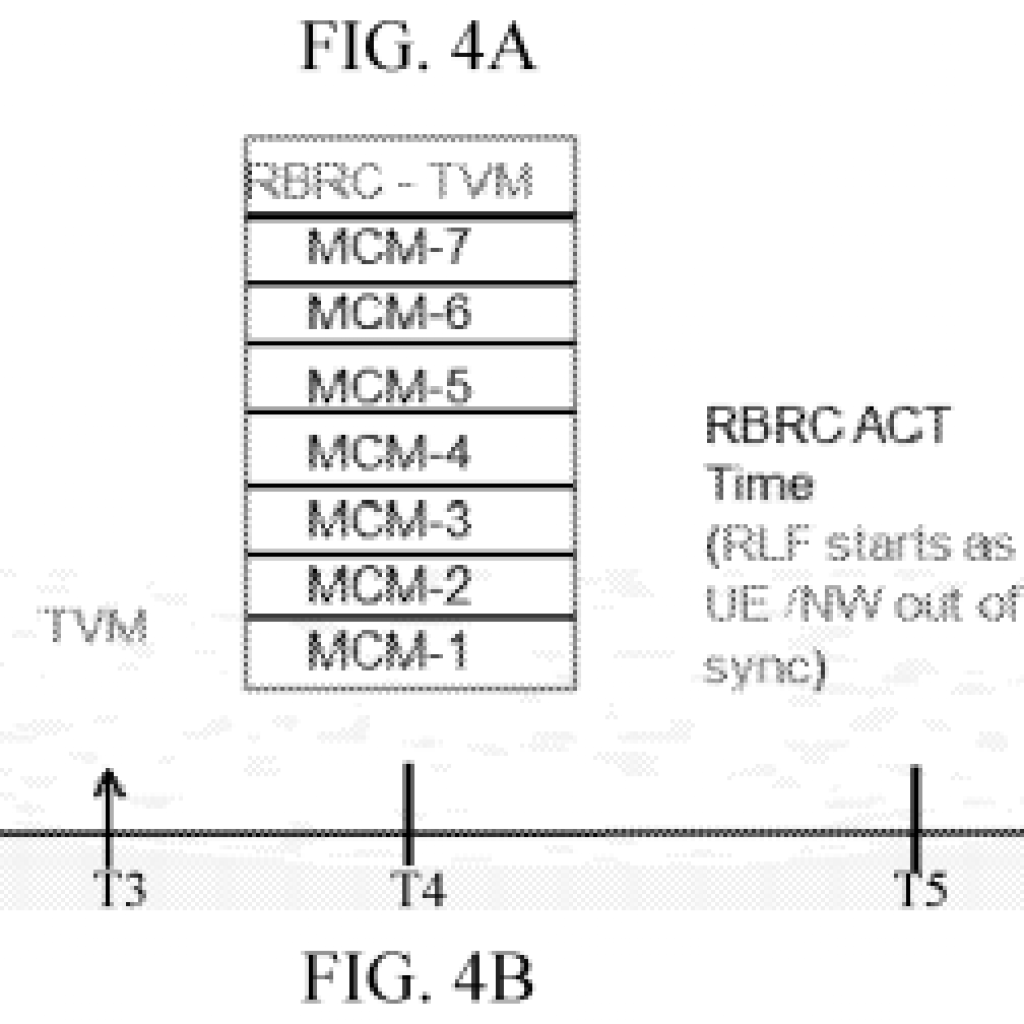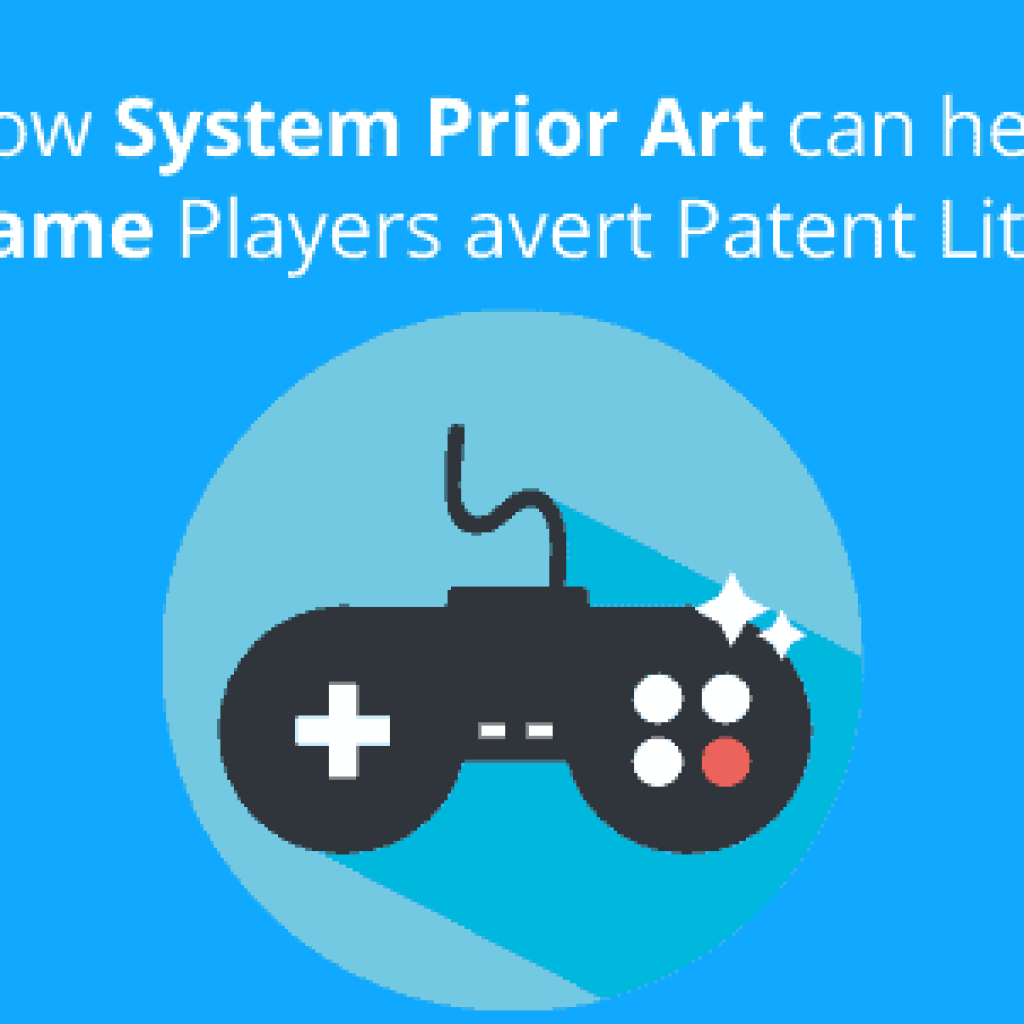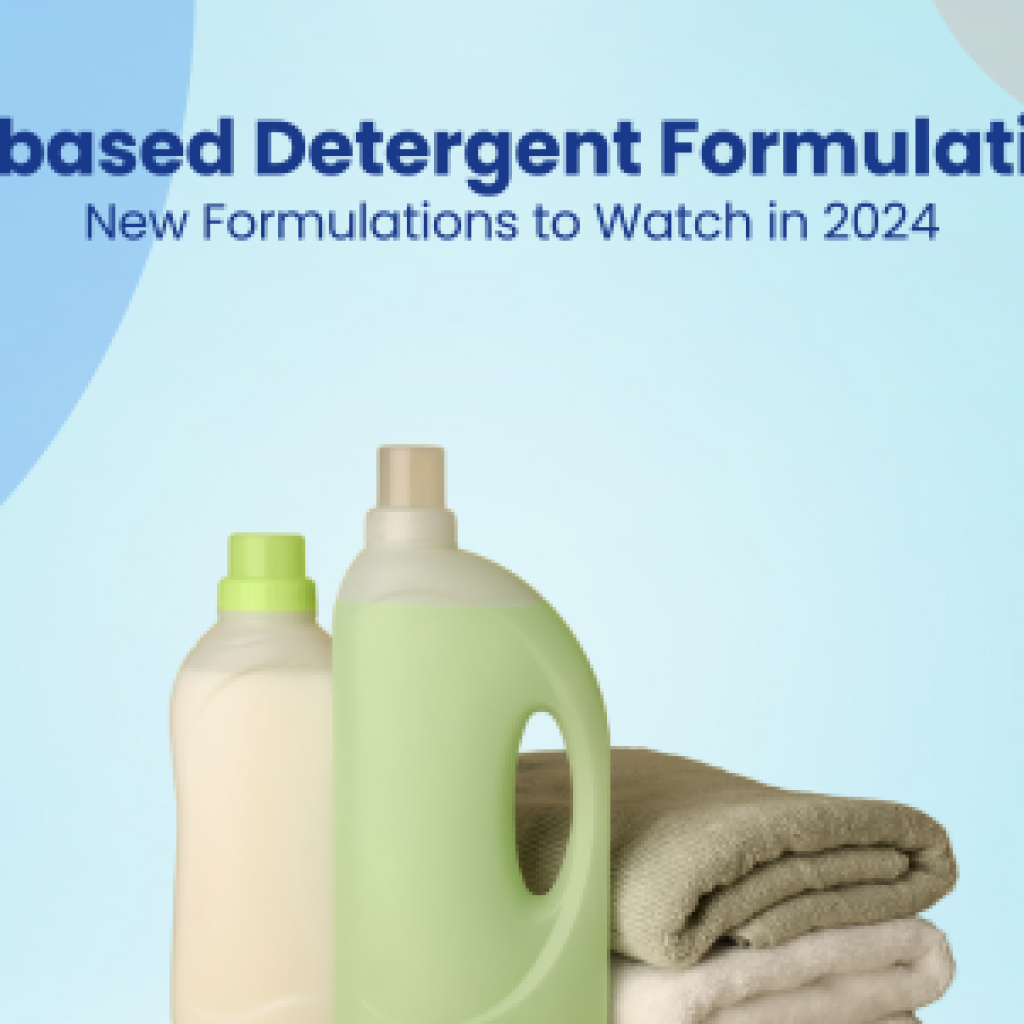The standard approach to prove product overlap during patent infringement analysis involves researching online resources such as product manuals, datasheets, and FAQs. However, online literature won’t always provide conclusive evidence for technology overlap in certain high-tech sectors such as LiDAR (Light Detection and ranging) and semiconductors. This issue is compounded by the complexity of the technology, closely guarded information, limited public data, and the prevalent technical jargon.
To overcome this challenge, a combination of technical and strategic knowledge is employed to create a winning claim chart and prove a complete overlap. This patent infringement case study in the LiDAR domain shares an approach that is particularly helpful in high-tech sectors with limited online literature available.
Project Background
Sofiya is an IP portfolio manager at a big corporation, Radiant Corp, and her role is to generate revenue streams from the company’s patent portfolio. Over the past three years, GreyB has become her go-to IP strategist in devising unique campaigns for patent licensing, tapping into the lucrative potential of Radiant Corp’s extensive IP assets.
When consumer-grade LiDAR devices started becoming all the rage, we suggested Sofiya to get patent infringement analysis done on a chunk of patents from the portfolio, which seemed quite relevant to the LiDAR domain.
Once we got the go-ahead from her, we started mining the valuable LiDAR patents from her portfolio to identify the promising ones. To expedite this, we leveraged our in-house tools for an efficient evaluation and ranking of these patents. Particularly, our BOS tool was instrumental in identifying patents that had previously challenged major corporations with 102/103 rejections – a legal term indicating basic novelty or non-obviousness issues. These patents were prioritized, as they had a higher likelihood of being implemented by these corporations’ products.
Understanding The New Domain
Following the automated analysis, we focused on the top LiDAR patents from the portfolio and started with the usual approach of finding an overlap by exploring available online literature.
One of the patents under focus (details have been masked to maintain confidentiality)
LiDAR was a new domain, so we had to dig deeper to get more clarity on the area. Once we had a good grasp of the technology, we went through various automobile blogs and magazines (official and third-party). We prepared a long list of automobile companies incorporating LiDAR solutions in their products.
Landing On The First Target Company
Once we were sure we had covered most companies linked to light detection and ranging technology, we prioritized one of the automobile companies with a huge revenue. When we went through its blogs, user manuals, etc., we identified its LiDAR solution is solving the same problem that the subject patent is solving.
That reaffirmed that we are on the right track, and we started preparing the claim chart mapping for the patent against the latest model that the automobile company has launched. We explored various videos, blogs, and all available online literature related to that company, but it started becoming tough, we were hitting dead ends in gathering certain information.
We were not finding explicit information for many of the claim elements, making it impossible to confirm a strong overlap.
Challenging features in the Claim (details have been masked to maintain confidentiality)
We continued exploring this direction because we had already identified information about the novel aspect of the patent and wanted to spend more time finding information on the missing pieces of the overlap.
The Plot Twist During The Patent Infringement Analysis Project
During the research, we observed a well-established trend in the automobile industry: car manufacturers increasingly prefer to outsource component production to other Original Equipment Manufacturers (OEMs) rather than produce everything in-house. When we pursued this direction, we learned about the collaboration between our initial targeted automobile company and a LiDAR company, VisionX.
VisionX is one of the vendors supplying LiDAR solutions to the automobile company. The more research we did on the VisionX side, the more we realized that some of the internal processes could be shown from their literature.
Hence, we pivoted our focus towards VisionX, and things got interesting.
We followed their website and uncovered a wealth of resources, including insightful blogs and YouTube videos created by VisionX’s engineering team. This literature helped us deepen our understanding of the workings of their LiDAR solution. It gave us hints of possible processes, like object database creation and attribute storage, that they might have deployed in the background. Yet we didn’t find foolproof evidence to back our conjectures.
The Breakthrough In The Project
We decided to spend more time identifying information that could bring the overlap as close as possible. The breakthrough eventually came when we stumbled upon VisionX’s patent markings on their website. It was a treasure trove of information, perfectly aligning with our needs.
Patent Marking (details have been masked to maintain confidentiality)
We looked at these patents in detail and found that they have explained the whole process of how the various features in their product work in detail. Below is a snippet of the same patent found on the VisionX patent marking website, which was very similar to our subject patent.
Vision X’s Patent (details have been morphed)
This discovery was like finding the missing piece of a jigsaw puzzle. We mapped out how VisionX’s patents connected to our client’s technology, which finally helped us to fill the gaps.
Making a Winning Claim Chart
The table below shows how the VisionX patent from their website helped us gather evidence for the missing pieces and helped us prepare a strong case for our client:
| Subject Patent – US9XXXX89B2 | Literature From VisionX Patent on Patent Marking Website [US11XXXX98B2] |
| …conducting a comparative analysis between the initial and subsequent digital models to indicate differences; | …LIDAR systems described in this document can be used to detect variations in any output when compared to previous data frames. a. In Step 5, identify the first instance of an object in the initial 3D model. This step may occur before, at the same time as, or partially overlapping with Step 3. b. In Step 6, locate the same object in the subsequent 3D model. This step may be carried out before, simultaneously with, or partly in conjunction with Step 5. c. Finally, in Step 7, utilize the findings from the first and second object detections to track the object identified by the LIDAR system. Analyst Comment: The VisionX patent discussed a comparative analysis done on two models it has captured, which was the required step of the subject patent. |
| …establishing a database at the object level that contains details of each modified object along with its associated attributes;… | …In addition, the term ‘tracking’ might refer to the process of measuring the distance between an object and another point, which could include the location of the LIDAR system itself, a specific point on Earth, or the position of another object. Furthermore, ‘tracking’ could broadly encompass various activities, such as determining the category of an object… and evaluating the kinematic attributes of an object (such as its motion status, speed, direction of movement, or any expansion), among other similar tasks. Analyst Comment: Various attributes of the objects, like location, velocity, direction, movement, etc., are tracked and recorded (creating an object-level change database). |
And that’s how we turned a challenging situation into a success story for Sofia Corp.
Conclusion
The case study is an indication of the fact that standard search methods during patent infringement analysis may prove inadequate when dealing with relatively new and complex domains. In such circumstances, innovation in approaches, such as exploring patent markings on websites and products, can unlock new opportunities. By doing so, it eventually assists in creating a strong claim chart, which, in turn, leads to an increase in the infringement damages.
If you are struggling to prove a product overlap due to lack of sufficient information and don’t know where to start, try looking beyond conventional resources.
Alternatively, you could let the experts handle the task for you.
Authored By: Palak Dhiman & Swapnajeet Nayak, Infringement Team
Edited By: Annie Sharma, Editorial Team











